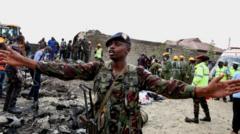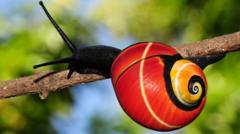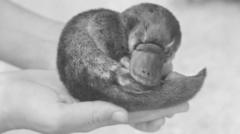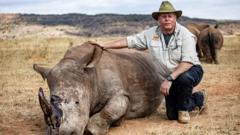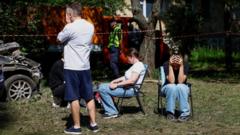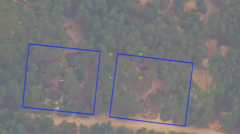The incident calls for a reevaluation of wildlife management practices to prevent future tragedies.
**Tragedy Strikes as 14-Year-Old Girl Killed by Lion Near Nairobi National Park**
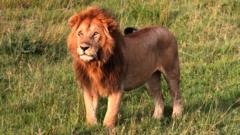
**Tragedy Strikes as 14-Year-Old Girl Killed by Lion Near Nairobi National Park**
A young girl's death raises concern over wildlife interactions and safety measures in Kenya.
A tragic incident occurred on the outskirts of Nairobi, Kenya, where a 14-year-old girl lost her life after being attacked by a lion, according to a statement from the Kenya Wildlife Service (KWS). It is reported that the young girl was taken from a residential compound adjacent to Nairobi National Park, which is known for its diverse wildlife, including lions, leopards, and giraffes.
The attack was witnessed by another adolescent, who quickly alerted authorities. Subsequent investigations led KWS rangers to the Mbagathi River, where they sadly discovered the girl's remains. Despite efforts to locate the lion, which remains unaccounted for, KWS has implemented additional security measures to mitigate the risk of further wildlife encounters in the area.
Nairobi National Park, situated just 10 kilometers from the capital city's center, has a unique setup. While it is fenced on three sides to deter animals from entering urban spaces, it remains open on the southern side for wildlife migration. Conflicts can arise when creatures enter human territories, though fatalities from such encounters are rare.
Incidents reported by KWS suggest a troubling trend in human-wildlife interactions. On the same weekend, a 54-year-old man was fatally injured by an elephant in central Nyeri County, approximately 130 kilometers north of Nairobi, highlighting the dangers posed by wildlife.
Paula Kahumbu, head of the conservation group WildlifeDirect, responded to these unfortunate incidents by highlighting the need for improved risk assessments and timely communication regarding wildlife movements, particularly in high-risk zones like Savannah Ranch, where the girl was killed. She advocates for enhancing safety measures at lodges and residential areas near wildlife habitats, recommending deterrent systems such as lights and secure fencing to protect inhabitants.
As the community mourns the loss of a young life, there is a renewed emphasis on the importance of wildlife management practices to promote coexistence and safety. The increasing instances of human-wildlife conflict underscore the necessity for proactive measures to prevent similar tragedies in the future.
In light of this incident, it is important to analyze not only the immediate circumstances but also the broader implications of wildlife encroachment into human spaces and the measures necessary to ensure the safety of both residents and wildlife.
The attack was witnessed by another adolescent, who quickly alerted authorities. Subsequent investigations led KWS rangers to the Mbagathi River, where they sadly discovered the girl's remains. Despite efforts to locate the lion, which remains unaccounted for, KWS has implemented additional security measures to mitigate the risk of further wildlife encounters in the area.
Nairobi National Park, situated just 10 kilometers from the capital city's center, has a unique setup. While it is fenced on three sides to deter animals from entering urban spaces, it remains open on the southern side for wildlife migration. Conflicts can arise when creatures enter human territories, though fatalities from such encounters are rare.
Incidents reported by KWS suggest a troubling trend in human-wildlife interactions. On the same weekend, a 54-year-old man was fatally injured by an elephant in central Nyeri County, approximately 130 kilometers north of Nairobi, highlighting the dangers posed by wildlife.
Paula Kahumbu, head of the conservation group WildlifeDirect, responded to these unfortunate incidents by highlighting the need for improved risk assessments and timely communication regarding wildlife movements, particularly in high-risk zones like Savannah Ranch, where the girl was killed. She advocates for enhancing safety measures at lodges and residential areas near wildlife habitats, recommending deterrent systems such as lights and secure fencing to protect inhabitants.
As the community mourns the loss of a young life, there is a renewed emphasis on the importance of wildlife management practices to promote coexistence and safety. The increasing instances of human-wildlife conflict underscore the necessity for proactive measures to prevent similar tragedies in the future.
In light of this incident, it is important to analyze not only the immediate circumstances but also the broader implications of wildlife encroachment into human spaces and the measures necessary to ensure the safety of both residents and wildlife.



